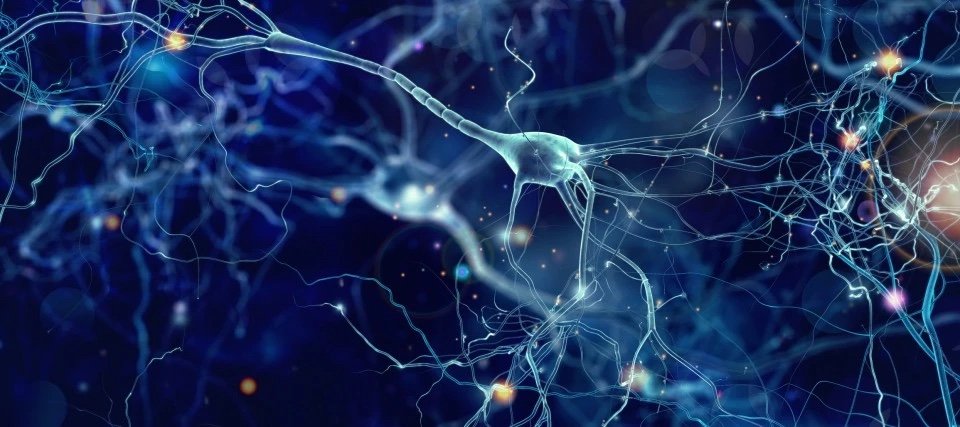
Our Contributions to Science
-

Learning & Memory
We unveiled the genetic roots of memory performance variation and shed light on the intricate interplay between brain regions and genes that govern this essential cognitive function. Using cutting-edge genetic mapping techniques, researchers have identified novel biological factors that contribute to individual differences in working memory performance. This landmark discovery paves the way for personalized interventions and the development of novel therapeutic strategies to enhance cognitive function.
a. Hsiao K, Noble C, Pitman W, Yadav N, Kumar S, Keele GR, Terceros A, Kanke M, Conniff T, Cheleuitte-Nieves C, Tolwani R, Sethupathy P, Rajasethupathy P. A Thalamic Orphan Receptor Drives Variability in Short Term Memory. Cell. 2020;183(2):522-536.e19. doi:10.1016/j.cell.2020.09.011; PMCID: PMC7572771.
-

Synaptic Plasticity
The concept of ‘activity-dependent translation at axon’ has not been experimentally validated as it has not yet been technically feasible to inhibit mRNA translation locally for prolonged time periods in vivo. We meticulously examined the impact of dysregulated local protein translation in distal neuronal compartments, such as axons, in neurodevelopmental diseases. Using an innovative genetically encoded inhibitor, we demonstrated that neurotransmission is constrained by axonal-translation-dependent recycle of synaptic vesicle, a finding that has profound implications for our understanding of neurological disease. This revolutionary approach underscores the importance of spatial control of gene function in highly compartmentalized neuronal cells.
a. Hsiao K, Harony-Nicolas H, Buxbaum JD, Bozdagi-Gunal O, Benson DL. Cyfip1 Regulates Presynaptic Activity during Development. J Neurosci. 2016;36(5):1564-1576.
doi:10.1523/JNEUROSCI.0511-15.2016; PMCID: PMC4737770.
b. Hsiao K, Bozdagi O, Benson DL. Axonal cap-dependent translation regulates presynaptic p35. Dev Neurobiol. 2014;74(3):351-364. doi:10.1002/dneu.22154; PMCID: PMC4136430.
-

Neuronal Development
By applying fly genetics, biochemistry, cell biology, and electron microscopy, our works with collaborators emphasized adhesion factors in the development and maintenance of synaptic and cellular signaling pathways. This body of work highlights adhesion molecules at cell-cell contact act in a feedback circuit to regulate a homeostatic signaling pathway.
a. Mortillo S, Elste A, Ge Y, Patil SB, Hsiao K, Huntley GW, Davis RL, Benson DL. Compensatory redistribution of neuroligins and N-cadherin following deletion of synaptic β1-integrin. J Comp Neurol 2012;520(9):2041-52. doi:10.1002/cne.23027; PMCID: PMC3496382.
b. Jahanshahi M, Hsiao K, Jenny A, Pfleger CM. The Hippo Pathway Targets Rae1 to Regulate Mitosis and Organ Size and to Feed Back to Regulate Upstream Components Merlin, Hippo, and Warts. PLoS Genet. 2016;12(8):e1006198. doi: 10.1371/journal.pgen.1006198; PMCID: PMC4975479.